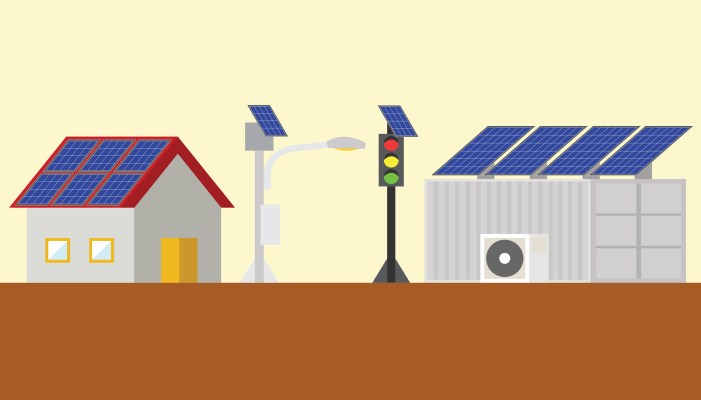
Individual solutions to the collective crisis of climate change abound: backup diesel generators, Tesla powerwalls, “prepper” shelters. However, the infrastructure that our modern civilization relies on is interconnected and interdependent — energy, transportation, food, water and waste systems are all vulnerable in climate-driven emergencies. No one solution alone and in isolation will be the salvation to our energy infrastructure crisis.
No one solution alone and in isolation will be the salvation to our energy infrastructure crisis.
After Hurricane Katrina in 2005, Superstorm Sandy in 2012, the California wildfires last year and the recent deep freeze in Texas, the majority of the American public has not only realized how vulnerable infrastructure is, but also how critical it is to properly regulate it and invest in its resilience.
What is needed now is a mindset shift in how we think about infrastructure. Specifically, how we price risk, how we value maintenance and how we make policy that is aligned with our climate reality. The extreme cold weather in Texas wreaked havoc on electric and gas infrastructure that was not prepared for unusually cold weather events. If we continue to operate without an urgent (bipartisan?) investment in infrastructure, especially as extreme weather becomes the norm, this tragic trend will only continue (with frontline communities bearing a disproportionately high burden).
A month after Texas’ record-breaking storm, attention is rightly focused on helping the millions of residents putting their lives back together. But as we look toward the near-term future and get a better picture of the electric mobility tipping point on the horizon, past-due action to reform our nation’s energy infrastructure and utilities must take precedence.
Emphasize energy storage
Seventy-five percent of Texas’ electricity is generated from fossil fuels and uranium, and about 80% of the power outages in Texas were caused by these systems. The state and the U.S. are overly dependent on outdated energy generation, transmission and distribution technologies. As the price of energy storage is expected to drop to $75/kWh by 2030, more emphasis needs to be placed on “demand-side management” and distributed energy resources that support the grid, rather than trying to supplant it. By pooling and aggregating small-scale clean energy generation sources and customer-sited storage, 2021 can be the year that “virtual power plants” realize their full potential.
Policymakers would do well to mandate new incentives and rebates to support new and emerging distributed energy resources installed on the customers’ side of the utility meter, such as California’s Self-Generation Incentive Program.
Invest in workforce development
For the energy transition to succeed, workforce development will need to be a central component. As we shift from coal, oil and gas to clean energy sources, businesses and governments — from the federal to the city level — should invest in retraining workers into well-paying jobs across emerging verticals, like solar, electric vehicles and battery storage. In energy efficiency (the lowest-hanging fruit of the energy transition), cities should seize the opportunity to tie equity-based workforce development programs to real estate energy benchmarking requirements.
These policies will not only boost the efficiency of our energy systems and the viability of our aging building stock, creating a more productive economy, but will also lead to job growth and expertise in a growth industry of the 21st century. According to analysis from Rewiring America, an aggressive national commitment to decarbonization could yield 25 million good-paying jobs over the next 15 years.
Build microgrids for reliability
Microgrids can connect and disconnect from the grid. By operating on normal “blue-sky” operating days as well as during emergencies, microgrids provide uninterrupted power when the grid goes down — and reduce grid constraints and energy costs when grid-connected. Previously the sole domain of military bases and universities, microgrids are growing 15% annually, reaching an $18 billion market in the U.S. by 2022.
For grid resiliency and reliable power supply, there is no better solution than community-scale microgrids that connect critical infrastructure facilities with nearby residential and commercial loads. Funding feasibility studies and audit-grade designs — so that communities have zero-cost but high-quality pathways to constructable projects, as New York State did with the NY Prize initiative — is a proven way to involve communities in their energy planning and engage the private sector in building low-carbon resilient energy systems.
Unpredictability and complexity are quickening, and technology has its place, but not simply as an individual safeguard or false security blanket. Instead, technology should be used to better calculate risk, increase system resilience, improve infrastructure durability and strengthen the bonds between people in a community both during and in between emergencies.

Recent Comments